The Paris pitfall
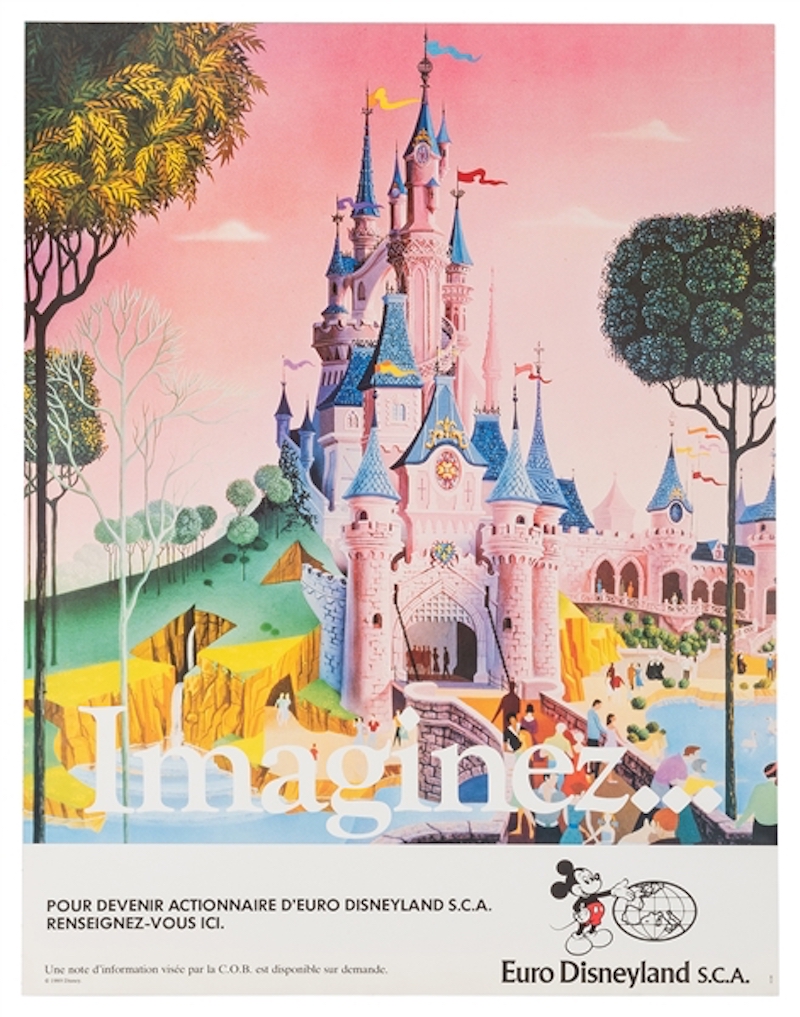
In 1992, Disneyland Paris opened. Those may be the most grounding, reality-check words any Imagineering fan can hear.
No one would accuse Disneyland Paris of being a creative cop-out. Just the opposite, the European park is popularly considered the most beautiful and detailed and romantic Disneyland-style park on Earth; a true masterclass in merging the comfort of Disneyland with the grandeur of Magic Kingdom, layered with incalculable levels of storytelling and detail. In fact, the most damning thing about Disneyland Paris might’ve been that it was too ambitious…
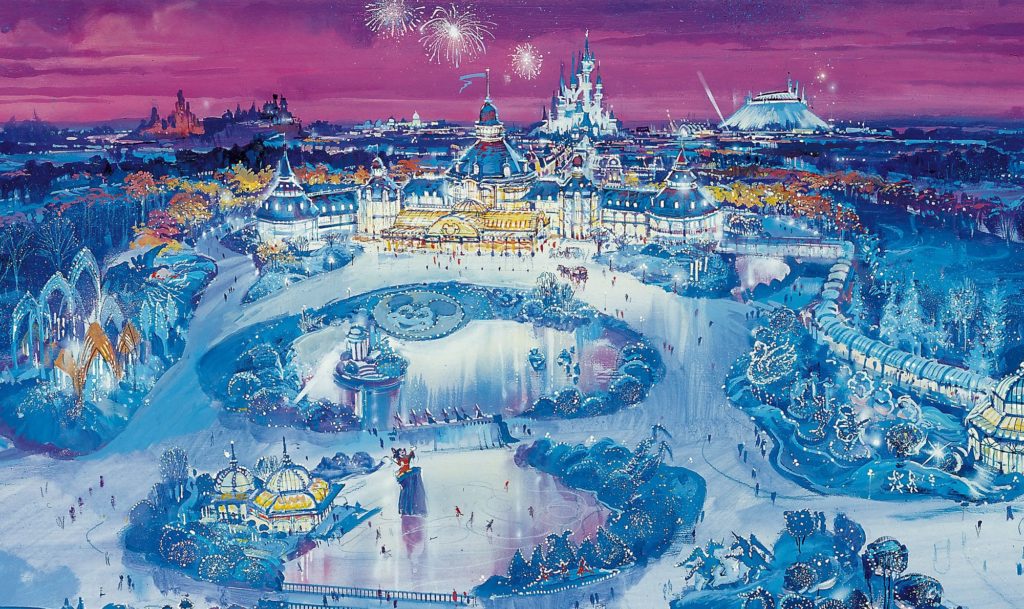
The French public famously protested the park’s very existence, and set down amid a culture hostile towards it, the “Euro Disney Resort’s” opening years saw massive financial losses. Overbuilt and undervalued, Disneyland Paris descended into financial strain so severe, it still hasn’t recovered, and feels perpetually 20 years behind Disney’s other resorts.
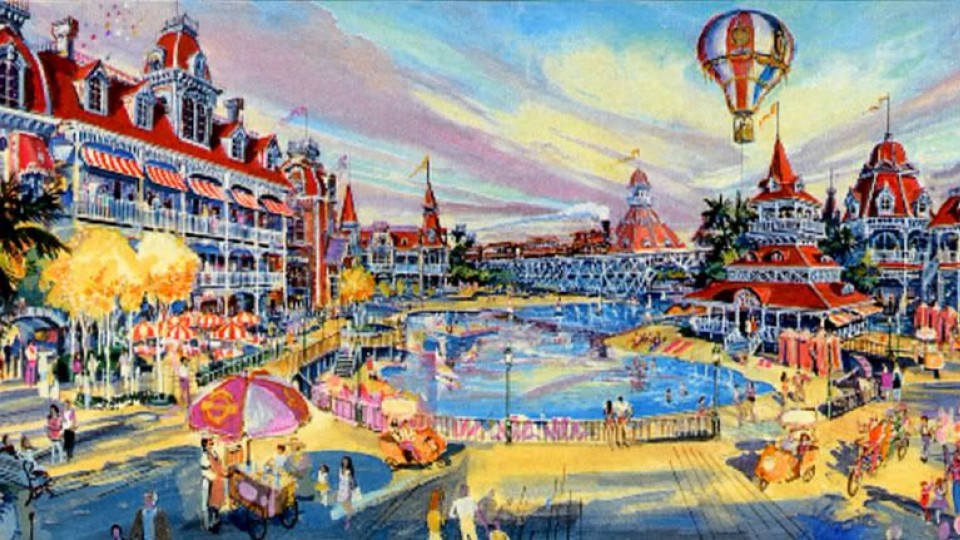
And in what must have been a sobering realization for Eisner, the very resort-based formula that he’d been trumpeting as the new standard for Disney Parks might’ve been the reason for the French resort’s failure. After all, its seven built-in, gargantuan resort hotels opened to abysmal occupancy rates. Altogether, the resort was overbuilt (and undervalued), meaning his attempt at a massive, built-out resort infrastructure… failed.
In 1994 – two years after the park’s opening – Eisner was quoted in the French magazine Le Point saying of the resort, “If the engine of an airplane falls out in full flight, what are the options? Anything is possible today, including closure.”
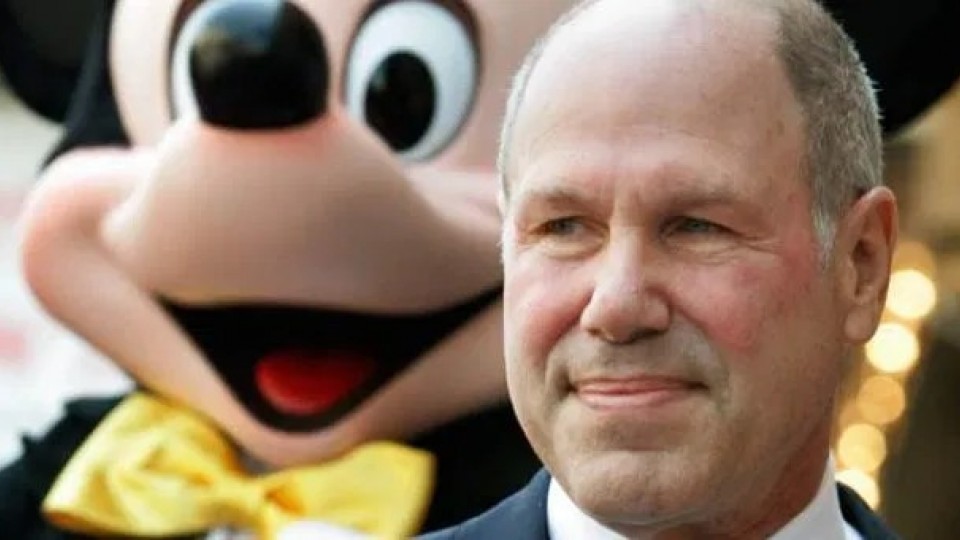
But worse than the immediate impacts on the resort’s own budget was the shift Disneyland Paris allegedly made to Michael Eisner’s philosophy. Made worse by the unexpected and tragic death of Frank Wells in 1994 (often cited as the financially-minded Roy to Eisner’s creative and ambitious Walt), Eisner seemed to fundamentally reconfigure his outlook on the business of Disney Parks. Surrounding himself in analysts and “penny-pinching” executives, Disney Parks entered one of its darkest periods yet – an era of closures, cop-outs, and cancellations.
As for the $3.1 billion Disneyland Resort and Westcot?
“Were at a crossroads,” Eisner told the LA Times in 1993. “We had a very big investment in Europe and it’s difficult to deal with. This is an equally big investment. I don’t know whether a private company can ever spend this kind of money. I don’t even know if there’s going to be WestCOT.”
Golden dreams, golden nightmares
The new Disneyland Resort was quietly cancelled in 1995. Westcot was dead.
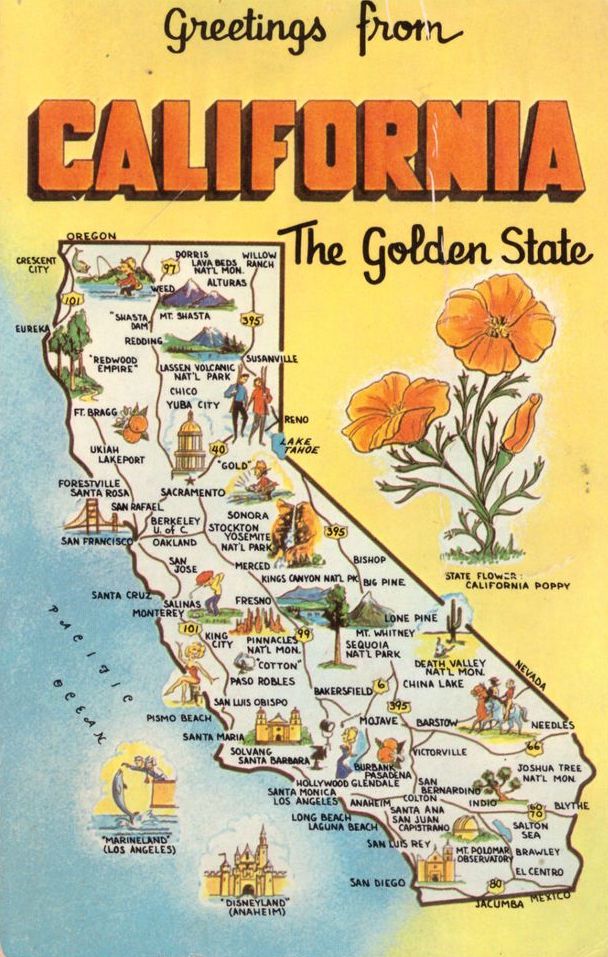
As we know, though, Michael Eisner wasn’t ready to let the idea of a multi-day destination in Anaheim die. He famously gathered a group of a few dozen executives from the Walt Disney Company on a three-day retreat in Aspen, Colorado.
One of their primary missions was to figure out the Disneyland puzzle. It wasn’t just that Disneyland needed to become a multi-day destination for much, much less money that originally imagined; the potential resort also faced a much tougher challenge: unlike Disney World’s destination status and “walled garden” setup, Disneyland was inherently a more regional attraction! After all, Southern California is not Central Florida. How could any expansion to Disneyland – no matter how grand – convince travelers not to visit the state’s beaches, boardwalks, redwoods, movie studios, and wineries?
… Wait a second.

Naturally, this is where we discover that the in-depth story of Westcot is merely the prologue to our epic explorations into Disney’s California Adventure – the two-part history of the park Disneyland got instead. A criminally underdeveloped second gate adhering to Eisner’s new cost-cutting strategy, California Adventure opened with four “districts” as a “celebration” of modern Californian culture: Sunshine Plaza, Hollywood Pictures Backlot, The Golden State, and Paradise Pier (none of which remain today). Originally, its icon was to be… yep… a golden spire, now recast as an extention of a metallic sun.
Woefully short on rides, creatively starved, and lacking Disney characters or identity, the $600 million dollar park would, of course, go on to need about $2 billion in redevelopment since (ironically, approaching Westcot’s alleged $3.1 billion budget).
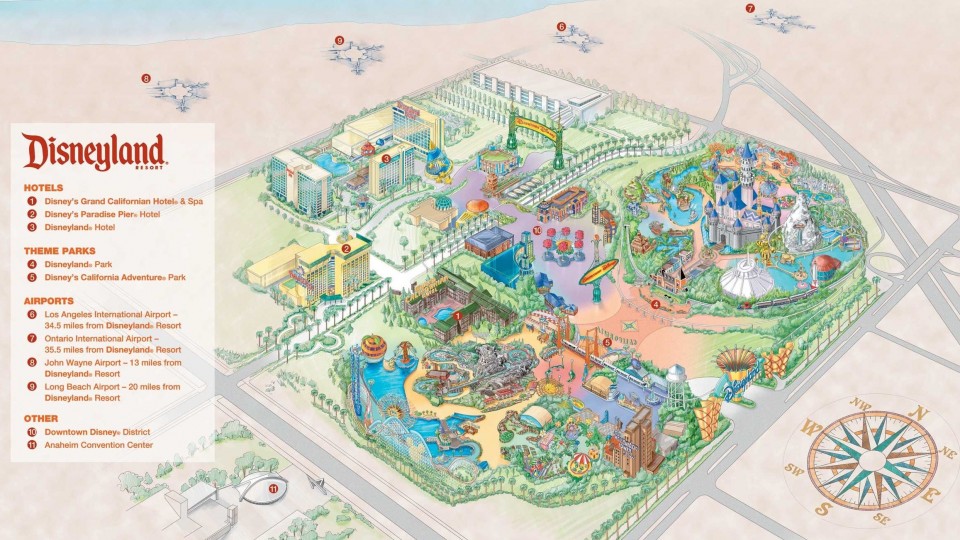
Along the park’s production, Eisner was allegedly infamously hands-on, helping to develop its unique focus on food over rides; its in-jokes about Hollywood elite, and its irreverent, satirical tone. A revealing piece on Eisner just before its opening in the LA Times showed just how invested in California Adventure – and the reconfigured Disneyland Resort – he was.
As planned, the second gate (and two new hotels – one purchased and one constructed) did turn the single-day Disneyland into a multi-park destination, but the Disneyland Resort we know today doesn’t have much in common with the one once planned around Westcot. Much more pared down and lacking much of the infrastructure and transportation that would’ve made the Westcot strategy such a home run, Disneyland is still bursting at the seams in its cramped campus with piecemeal solutions for parking and moving guests.
Westcot 20/20
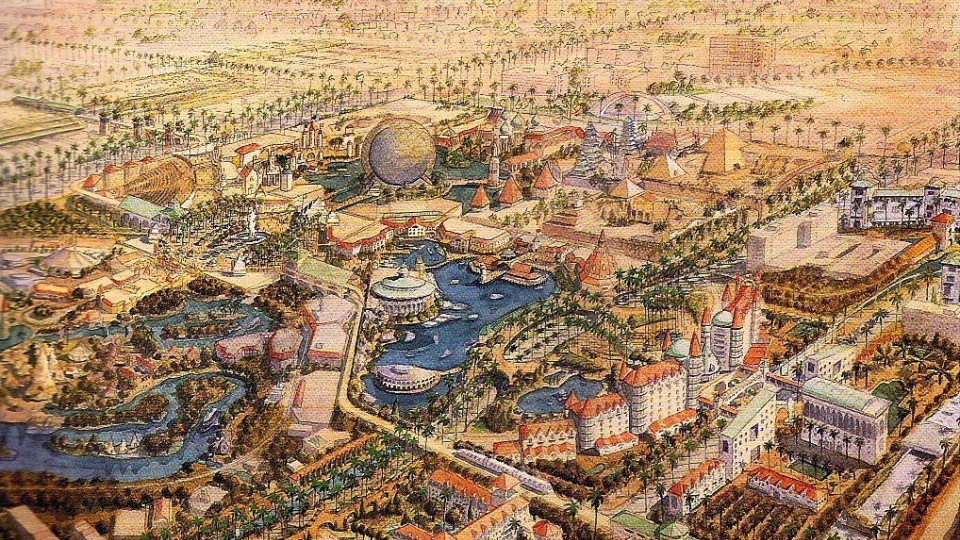
For many fans of entertainment design, Westcot is imagined as the one that got away; the pivotal project that would’ve changed Disneyland and the entire creative catalogue of Disney Imagineering forever. With the rosy, 20/20 view of hindsight, Westcot is often positioned as the inherent “right” choice opposite California Adventure’s “wrong;” the closest the U.S. might’ve ever come to a built-out, fully-loaded, big-budget, from-scratch Disney Park.
But we offer this challenge: removed from the glowing concept art and the mythological language used around Westcot, and looking back at the early ‘90s park from our lofty 21st century perspective… would it really be the best Disney park in the U.S.? As “timeless” and “evergreen” as it was meant to be? A fitting complement to Walt’s original park?
Or would Westcot be inherently out-of-scale with the historic, idealized, romanticized mini-lands of Disneyland? Would its realms be as anchored to the dated ‘90s aesthetic as Epcot’s was to the ‘80s? While we can’t argue with the infrastructure plans – the hotels and transportation – that would’ve defined the new Disneyland Resort, was Westcot a fitting counterpart and complement to Walt’s dreamy, timeless magic kingdom? How would this Disneyland Resort have handled the (in retrospect, inevitable) requirement that Marvel, Pixar, AVATAR, and Star Wars make their way to Disney Parks? Would they have flooded into Westcot the way they’re currently moving into Epcot? Or worse, would they have been pushed into Disneyland instead?
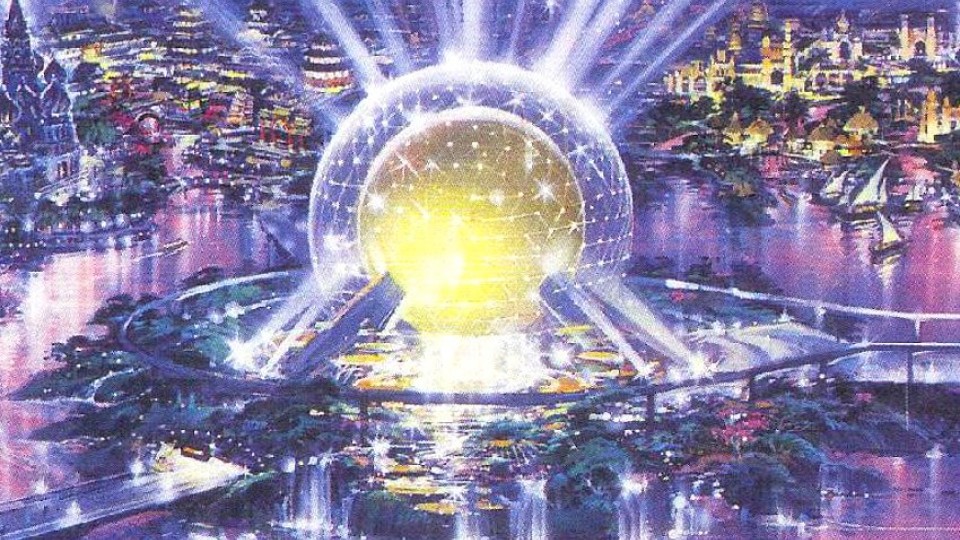
While it’s absolutely impossible to tell what final form Westcot would’ve taken or how its evolution (or lack thereof) over the decades would’ve made it relevant, relatable, and attractive in the year 2020 and beyond, one thing is certain: even if Westcot had slipped through to completion before Disneyland Paris’ opening, the inevitable financial collapse of the European resort probably would’ve stranded Westcot in a state of suspended ‘90s animation it might never have crawled out of. In fact, in some alternate universe, it may very well be that Westcot – not Disneyland Paris – is the over-indulged, over-budget project that completed construction, but stymied Imagineering for decades.
One argument worth considering? Three decades (and lots of blood, sweat, and tears) later, the reimagined Disney California Adventure may actually be a better complement and companion to Disneyland Park than Westcot would’ve been in the 2020s. Of course, anything’s possible in Possibilityland.

Thank you so much for reading. Now, it’s your turn to join the story. If you enjoy spending time falling down the “rabbit hole” of Park Lore’s in-depth, ad-free, member-supported stories, consider becoming a Member for as little as $2 / month.
Members can unlock rare concept art in every tale, reveal attraction audio streams in select stories, gain access to over a hundred exclusive articles in our quick-read Extra Features and in-depth Special Features collections, gain exclusive podcast extras, and receive an annual member card and merch in the mail! (Plus, y’know, supporting research-based, ad-free, clickbait-free, in-depth theme park writing!)


